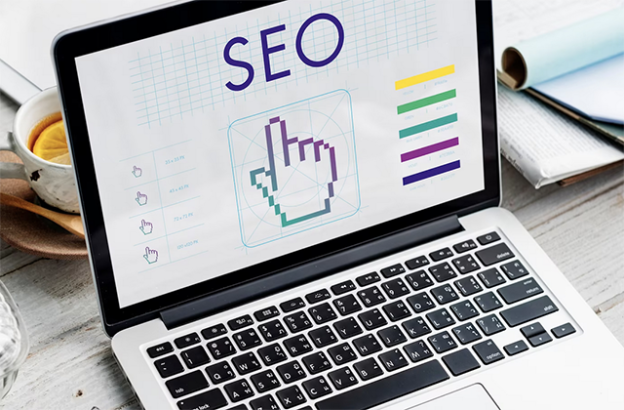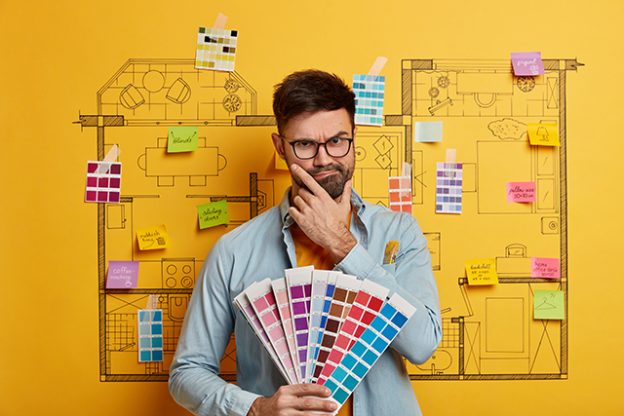Design is an integral part of various industries, including graphic design, interior design, fashion, and advertising. It is a creative process that requires careful planning and visualization. One effective tool that designers can utilize to maximize their design potential is a concept board. Concept boards serve as visual representations of design ideas, providing a platform to explore, refine, and communicate design concepts. In this article, we will delve into the world of concept boards, understand their benefits, and learn how to create effective concept boards that enhance the design process.
Understanding Concept Boards
Concept boards are physical or digital collages that bring together various visual elements to convey a design concept or idea which can give an overall overview if you are creating a tv storyboard. They are a compilation of images, color schemes, typography, textures, and other visual references that help designers articulate their vision. Concept boards serve as a starting point for design projects, allowing designers to experiment, iterate, and refine their ideas before moving forward.
A well-constructed concept board consists of several components. These include inspirational images, mood boards, color palettes, typographic styles, material samples, and any other visual elements that are relevant to the design concept. By combining these elements, designers can effectively communicate their ideas and set the tone for the design project.
To gain a better understanding of concept boards, let’s explore a few examples and case studies. In the world of fashion design, concept boards play a vital role in showcasing collections. Designers curate images, fabric samples, and sketches to present their ideas to potential clients or collaborators. Similarly, in interior design, concept boards help convey the desired aesthetic and ambiance of a space. They allow designers to experiment with various furniture, color schemes, and textures to create a cohesive visual representation of the desired design concept.
Benefits of Concept Boards
Concept boards offer numerous benefits for designers, clients, and collaborators. Let’s explore some of the key advantages:
- Streamlining the design process: Concept boards serve as a roadmap for designers, helping them organize their thoughts and ideas. By visually laying out the design concept, designers can quickly identify strengths, weaknesses, and areas for improvement, streamlining the design process.
- Enhancing creativity and inspiration: Concept boards provide designers with a platform to explore different visual elements and combinations. They inspire creativity by exposing designers to new ideas, aesthetics, and references, sparking innovative design solutions.
- Effective communication and collaboration: Visual representations are often more impactful than verbal explanations. Concept boards allow designers to effectively communicate their ideas to clients, stakeholders, and team members. By sharing a comprehensive visual overview, designers can align everyone involved in the project, leading to better collaboration and understanding.
- Client satisfaction and approval: Concept boards offer clients a clear understanding of the design concept from the early stages of a project. By presenting a well-crafted concept board, designers can address client expectations and ensure satisfaction. Clients can visualize the end result, provide feedback, and actively participate in the design process.
Creating an Effective Concept Board
Now that we understand the benefits of concept boards, let’s explore the step-by-step process of creating an effective concept board:
Step 1: Define the design objective
Before diving into the visual aspects, it’s crucial to define the design objective. Clearly articulate the purpose, target audience, and desired outcome of the project. This clarity will guide the selection of visual elements for the concept board.
Step 2: Gather inspiration and references
Explore various sources of inspiration, such as design magazines, websites, art galleries, or nature. Collect images, color palettes, typography samples, and any other visual references that resonate with the design objective. These references will serve as building blocks for the concept board.
Step 3: Organize and arrange visual elements
Start arranging the collected visual elements on a physical or digital canvas. Experiment with different compositions, placements, and sizes to create an engaging layout. Consider the flow, balance, and hierarchy of the elements to ensure a cohesive representation of the design concept.
Step 4: Incorporate color schemes and typography
Choose a color scheme that aligns with the design objective and evokes the desired emotions. Integrate typography samples that complement the overall aesthetic and enhance readability. Experiment with different font styles, sizes, and arrangements to achieve a visually pleasing result.
Step 5: Provide context and narrative
To give the concept board depth and context, include a brief narrative that explains the design concept and its key features. This narrative will help viewers understand the thought process behind the visual elements and establish a stronger connection with the design concept.
By following these steps, you can create an effective concept board that captures your design vision and communicates it clearly to others.
Tips for Maximizing Your Design Potential
In addition to the step-by-step process, here are some tips to help you maximize your design potential when using concept boards:
- Experiment with different layouts and compositions: Don’t be afraid to explore unconventional layouts or compositions. Experimenting with different arrangements of visual elements can lead to unique and innovative design solutions.
- Embrace the power of storytelling: Incorporate storytelling elements within your concept board. Tell a visual narrative that captures the essence of the design concept and creates an emotional connection with the viewers.
- Use high-quality visuals and graphics: Invest in high-quality images, illustrations, or graphics to enhance the overall impact of your concept board. Crisp and vibrant visuals will grab attention and make a lasting impression.
- Balance consistency and uniqueness: When creating a concept board, it’s essential to strike a balance between consistency and uniqueness. Ensure that the visual elements you select align with the design objective and maintain a cohesive look and feel. However, don’t be afraid to incorporate unique and innovative elements that set your concept board apart and showcase your creativity.
- Seek feedback and iterate: Concept boards are meant to be iterative. Share your concept board with colleagues, clients, or mentors and gather their feedback. Use their insights to refine and improve your design concept. Iteration is key to maximizing the potential of your concept board.
Tools and Resources for Concept Board Creation
Various tools and resources are available to aid in creating concept boards. Here are a few recommendations:
- Online platforms and software: Platforms like Canva, Adobe Creative Cloud, or Milanote offer intuitive interfaces and pre-designed templates to simplify the concept board creation process.
- Stock photo libraries: Websites such as Unsplash, Shutterstock, or Pexels provide a vast collection of high-quality images that can be used to curate concept boards.
- Design communities and inspiration sources: Engage with design communities and platforms like Dribbble, Behance, or Pinterest to gather inspiration, learn from fellow designers, and discover new design trends.
Exploring these tools and resources can enhance your concept board creation process and unleash your design potential.
Case Studies of Successful Concept Board Implementation
To further illustrate the benefits and effectiveness of concept boards, let’s explore a few case studies:
Example 1: Concept board for a branding project
A branding agency creates a concept board to pitch their brand identity concept to a client. The concept board showcases logo variations, typography samples, color palettes, and mood board images that represent the brand’s desired personality. The client can visualize the brand’s potential and provide feedback for further refinement.
Example 2: Concept board for an interior design project
An interior designer creates a concept board for a living room redesign. The concept board includes furniture options, fabric samples, paint colors, and inspirational images that capture the desired ambiance and style. The concept board helps the client envision the transformed space and provides a foundation for discussion and decision-making.
Example 3: Concept board for a website redesign
A web designer creates a concept board for a website redesign project. The concept board incorporates wireframe sketches, UI design elements, color schemes, and typography samples that align with the brand’s identity and goals. The concept board serves as a visual guide throughout the design and development stages, ensuring a cohesive and user-friendly website.
These case studies highlight how concept boards facilitate effective communication, collaboration, and successful design implementation.
Conclusion
Concept boards are powerful tools that designers can utilize to maximize their design potential. They streamline the design process, enhance creativity, foster effective communication, and lead to client satisfaction. By following a step-by-step process, incorporating storytelling, and leveraging the right tools, designers can create compelling concept boards that bring their design visions to life.
So, embrace the benefits of concept boards and elevate your design projects to new heights by harnessing the power of visual representation and communication.

